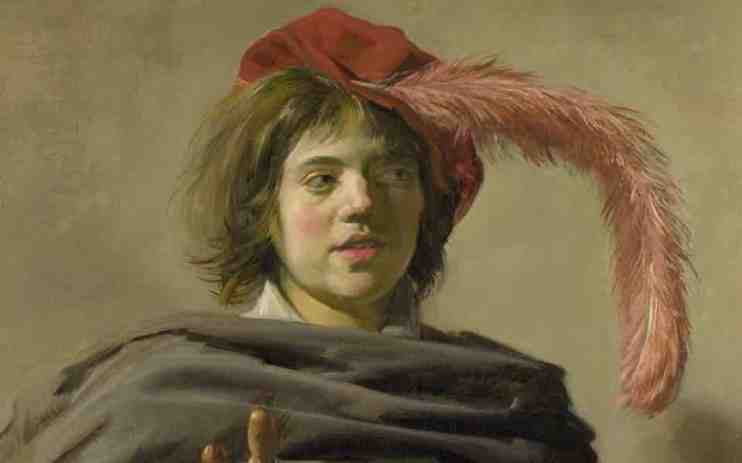Frans Hals at the National Gallery: A jolly man in a grim time

Frans Hals was a relatively unfashionable 17th century Dutch master who specialised in portraiture – not a summary that necessarily leaps out to audiences.
And yet it is a testament to Hals that an exhibition that almost exclusively contains men and women decked out in black can be so jolly.
Religious conflict convulsed Europe during Hals’ lifetime, but you wouldn’t know that from these paintings. Remarkably, this age of intense religiosity and unrest actually looks quite fun.
The exhibition’s most memorable room is a sumptuous display of worldliness and pleasure. Smiling drinkers turn on chairs to toast each other while smiling lute players serenade them. In the corner a portrait of a lady with a plunging neckline smiles suggestively. The explanatory note tells us it was likely hung in a brothel.
The characters Hals paints reveal how much people, particularly men, obsessed about their appearance in spite of the overwhelming dominance of black clothes.
There’s excellent facial hair almost everywhere you look. Goatees, moustaches and indeed a notable absence of baldness. The upturned moustache of the laughing cavalier – who famously is neither laughing nor a cavalier – would hardly warrant a second glance in such company.
Hals was also the first painter known to have produced a portrait with the subject turning around to face you over the back of their chair. It is a pose of striking informality, particularly next to Hals’ other speciality: the Renaissance elbow (hand-on-hip with elbow jutting out towards the viewers, establishing distance).
It’s a mistake to simply view Hals as a painter of a jovial and a self-confident bourgeois society (see his miniature of an intensely sombre priest) but he was part of an age that was starting to prioritise worldliness over godliness. And when push comes to shove, his work opts decisively for the pleasures of the material world. Perhaps this explains why he still speaks to us.